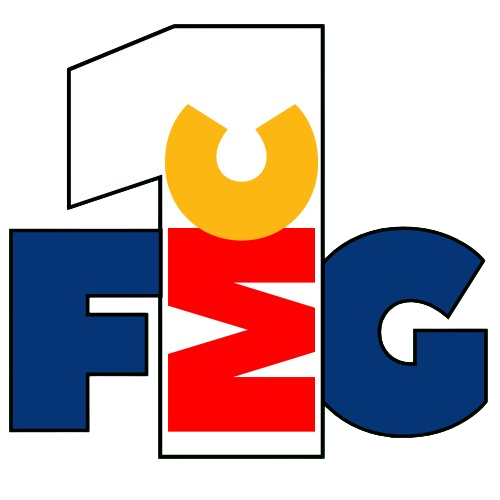Procter & Gamble Tops Q3 Estimates, Raises Outlook Amid Strong Consumer Demand
Procter & Gamble (NYSE: PG) exceeded Wall Street expectations in its fiscal third quarter, posting stronger-than-expected results driven by robust pricing power and steady demand across key categories. Net sales rose 1% to $20.2 billion, surpassing analysts’ forecasts of $20.11 billion, as the consumer goods giant leaned into price hikes while volumes showed signs of stabilization.
Organic sales — a critical metric that strips out the effects of acquisitions, divestitures, and currency fluctuations — climbed 3%, supported by a 3% increase in pricing and flat volume growth. The performance reflects consumers’ sustained willingness to absorb higher prices across segments such as fabric care, baby and family care, and health care.
Segment-wise, fabric and home care maintained organic sales growth of 3%, while baby, feminine, and family care also grew 3%. Grooming and health care each posted 2% organic sales increases. However, beauty — impacted by softness in SK-II in China — edged up just 1% organically.
Net earnings attributable to P&G shareholders reached $3.75 billion, or $1.52 per share. Excluding certain items, core EPS came in at $1.52, beating expectations of $1.42.
P&G noted that gross margin expanded 460 basis points from the previous year due to favorable pricing, supply chain productivity gains, and lower commodity and transportation costs. Despite input cost inflation of $100 million during the quarter, the company remains optimistic on profitability moving forward.
In light of the stronger performance, P&G upgraded its full-year earnings outlook. It now forecasts fiscal 2024 core EPS growth to be +10% to +11% versus the previous range of +8% to +9%. The firm reiterated its annual organic sales growth projection of 4% to 5%.
The results underscore resilience in the FMCG sector, where pricing strategies and category strength continue to offset inflationary pressures and uneven global demand. P&G also reaffirmed its shareholder return strategy, with plans to return $16 billion through dividends and share repurchases this fiscal year.
As inflation begins to moderate and volume trends level out, P&G’s performance offers key insights for FMCG peers focusing on premium

